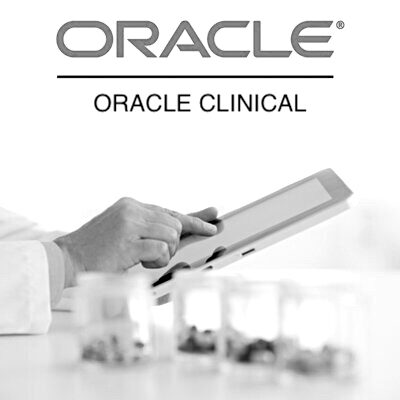Documentation
Process of Drug Development
The process of drug development involves several stages from discovery to market approval. Here’s a general overview of the key steps involved:
- Discovery and Preclinical Research: In this stage, researchers identify and study potential new drugs. This involves laboratory and animal testing to determine the safety and efficacy of the drug.
- Clinical Trials: In this stage, the drug is tested in humans to determine its safety, efficacy, and dosing. Clinical trials are conducted in three phases: Phase I trials involve a small number of healthy volunteers and focus on safety; Phase II trials involve a larger number of patients and focus on efficacy; and Phase III trials involve a larger number of patients and provide the final evidence of safety and efficacy needed for regulatory approval.
- Regulatory Approval: If the results of the clinical trials are positive, the drug’s manufacturer can submit a New Drug Application (NDA) to the relevant regulatory agency, such as the US Food and Drug Administration (FDA) or the European Medicines Agency (EMA), for approval to market the drug.
- Post-Marketing Surveillance: After a drug is approved and on the market, its manufacturer must continue to monitor its safety and efficacy through programs such as pharmacovigilance and additional clinical trials.
The process of drug development is complex and can take many years, with significant resources and investment required. Successful completion of the process results in the availability of new treatments for patients, which can improve quality of life and health outcomes.
You may be interested in the programs below:



